19 Everyday Foods That Are Riskier Than They Look
You probably eat some of the same foods every day without giving them a second thought. Many items sitting in your fridge or pantry seem perfectly safe, but they can actually harbor hidden dangers.
Learning about potential risks helps you make smarter choices and protect your family from foodborne illnesses that sneak up when you least expect them.
Disclaimer: We’re not medical or food-safety experts—just sharing general information. Always consult qualified professionals for guidance.
1. Hot Dogs

Backyard barbecues and baseball games would not be the same without this classic American favorite. Yet many people do not realize that improper storage can turn them into a breeding ground for listeria bacteria.
Always heat them until steaming hot, and keep refrigerated at 40°F or below. Pregnant women and young children should be especially careful.
2. Deli Meats

Sandwich lovers beware! Cold cuts might seem harmless straight from the package, but listeria loves to hide in processed meats. Outbreaks have sent hundreds to hospitals over the years.
Heating slices until they reach 165°F kills harmful bacteria lurking inside. Check expiration dates religiously and avoid cross-contamination with other foods in your refrigerator.
3. Raw Eggs

Whipping up homemade Caesar dressing or cookie dough becomes risky business when you add uncooked eggs. Salmonella bacteria can penetrate shells and contaminate the liquid inside, causing severe stomach issues.
Pasteurized eggs offer a safer alternative for recipes that skip the stove. When baking or cooking, make sure yolks and whites are completely firm.
4. Undercooked Chicken

Pink poultry is a recipe for disaster. Campylobacter and salmonella thrive in chicken that has not reached a safe internal temperature, leading to days of misery.
A meat thermometer is your best friend in the kitchen. Chicken must hit 165°F throughout, with no pink meat or bloody juices remaining before you take that first bite.
5. Raw Sprouts

Crunchy and nutritious, sprouts seem like the ultimate health food. Unfortunately, the warm, moist conditions needed to grow them also create a paradise for E. coli and salmonella bacteria.
Rinsing does not eliminate the danger since bacteria can be inside the sprout itself. Cooking them thoroughly is the only way to make them truly safe to eat.
6. Unwashed Berries

Popping berries straight from the container into your mouth might save time, but it could cost you your health. Pesticides, bacteria, and even tiny insects can cling to the delicate skin of strawberries and blueberries.
Running them under cold water for at least 30 seconds removes most contaminants. Pat them dry before storing to prevent mold growth.
7. Canned Tuna
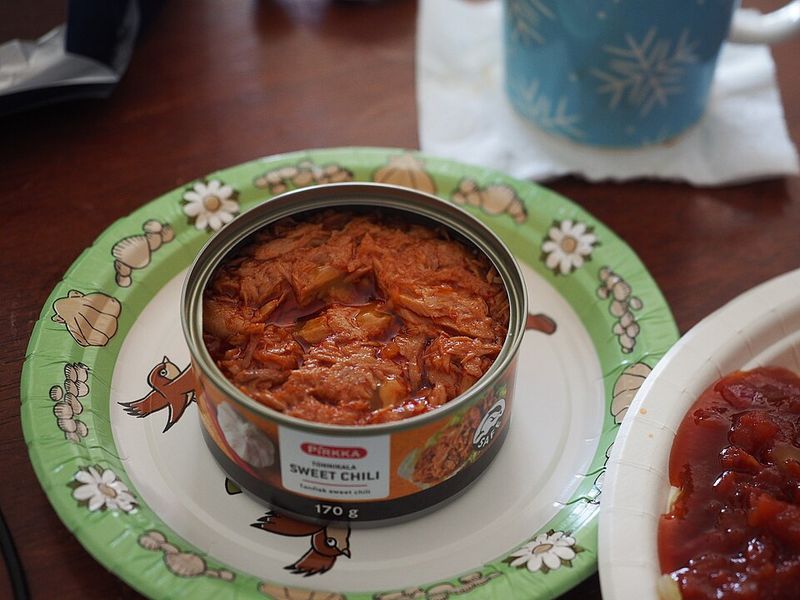
Tuna sandwiches are a lunchbox staple, but mercury content in this popular fish can add up quickly. Large predatory fish accumulate mercury in their tissues, which can affect your nervous system over time.
Limiting consumption to two or three servings per week helps minimize exposure. Pregnant women should choose light tuna over albacore varieties.
8. Bagged Salad Mixes
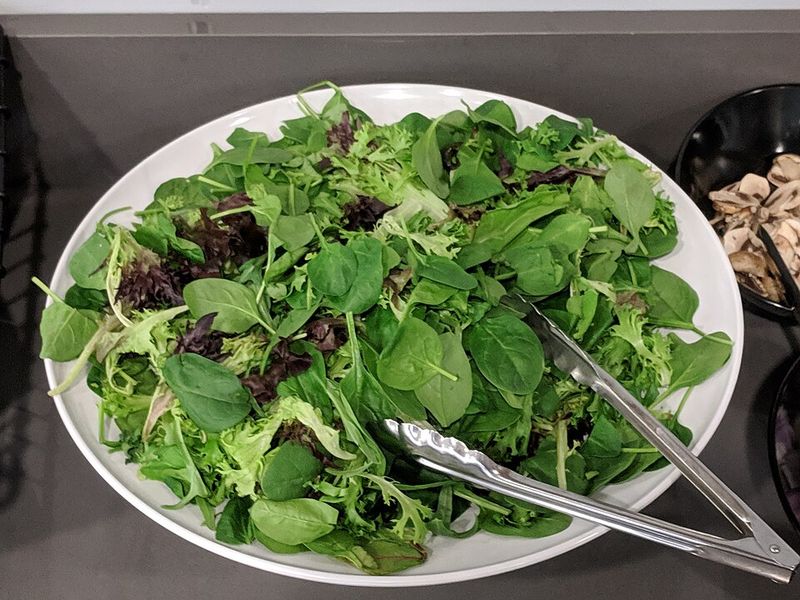
Convenience comes at a price when pre-washed greens harbor dangerous bacteria despite the label claims. Multiple handling points during processing increase contamination risks, and recalls happen more often than you might think.
Washing bagged lettuce again at home adds an extra layer of protection. Check for slimy leaves or off odors before tossing your salad.
9. Unpasteurized Milk

Some people swear by raw milk for its supposed health benefits, but drinking it is like playing Russian roulette with your digestive system. Campylobacter, E. coli, and listeria can all flourish in unpasteurized dairy products.
Pasteurization kills harmful pathogens without significantly reducing nutritional value. Children, elderly individuals, and pregnant women face the highest risk from contaminated milk.
10. Raw Cookie Dough
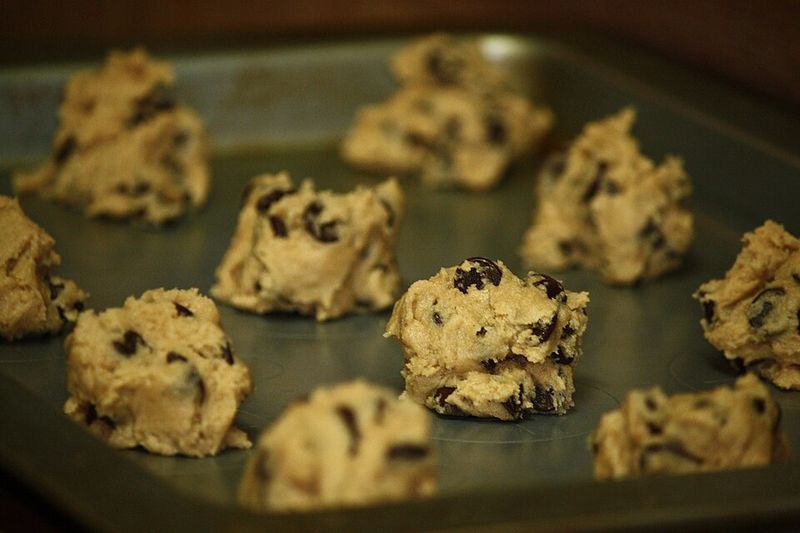
Sneaking a taste while baking seems innocent enough, but both raw eggs and uncooked flour pose serious health threats. Flour can contain E. coli from contaminated grain, while eggs may harbor salmonella bacteria.
Edible cookie dough made with heat-treated flour and no eggs satisfies cravings safely. Wait until cookies come out of the oven golden brown.
11. Soft Cheeses

Creamy brie and tangy feta add sophistication to any cheese board, but soft varieties made from unpasteurized milk can harbor listeria. Pregnant women have suffered miscarriages from contaminated cheese.
Always check labels to ensure pasteurization before purchasing. Hard cheeses like cheddar are generally safer because their aging process and lower moisture content inhibit bacterial growth.
12. Popcorn

Movie night gets dangerous when those rock-hard kernels crack teeth or lodge in throats. Choking hazards make popcorn risky for children under four years old, and dental damage affects people of all ages.
Chew carefully and watch young kids closely during snack time. Microwave bags can also release harmful chemicals when overheated, so follow timing instructions precisely.
13. Caffeine Drinks

Your morning cup of coffee might wake you up, but too much caffeine can send your heart racing and trigger anxiety. Sensitivity varies widely between individuals, and excessive consumption leads to dependence and withdrawal headaches.
Moderation is key, with most experts recommending no more than 400 milligrams daily. Teenagers and children should consume even less.
14. Energy Drinks
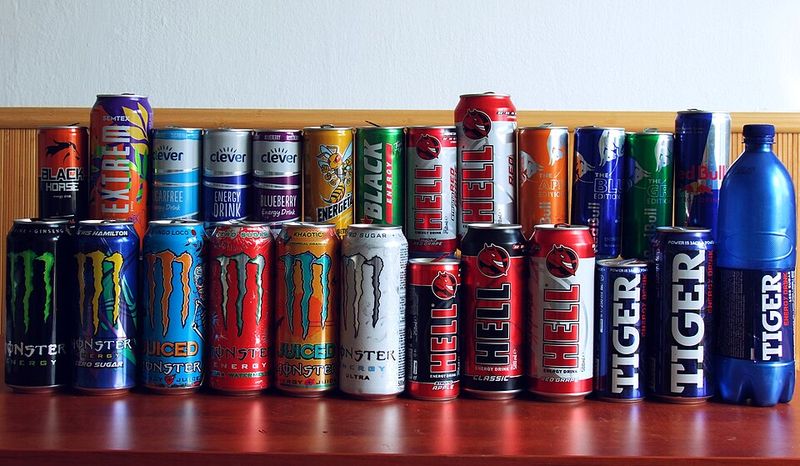
Promising instant alertness and enhanced performance, energy drinks pack a powerful punch that can overwhelm your cardiovascular system. High caffeine levels combined with sugar and other stimulants have caused heart problems in young, healthy individuals.
Emergency room visits related to energy drinks have skyrocketed in recent years. Water and adequate sleep provide better, safer energy boosts.
15. Leftover Rice
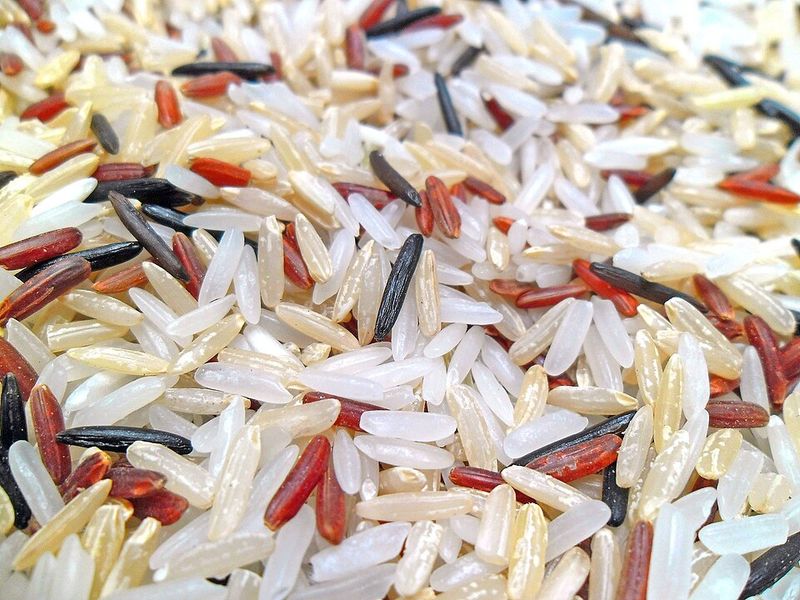
Fried rice syndrome sounds made up, but it is a real condition caused by Bacillus cereus bacteria in improperly stored rice. Leaving cooked rice at room temperature allows spores to multiply rapidly and produce heat-resistant toxins.
Refrigerate rice within one hour of cooking and reheat it to steaming hot temperatures. When in doubt, throw it out rather than risk illness.
16. Undercooked Ground Beef
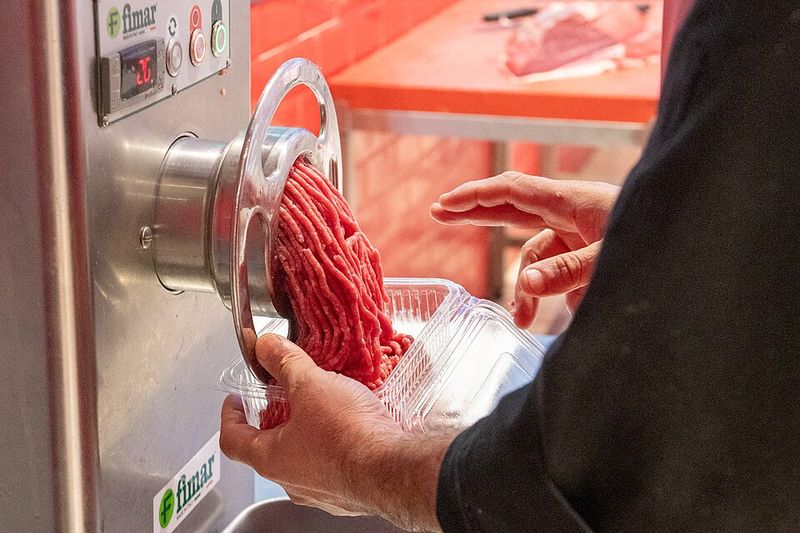
Juicy burgers with pink centers might look appetizing, but grinding beef spreads bacteria throughout the meat rather than keeping it on the surface. E. coli O157:H7 can cause kidney failure and even death in severe cases.
Ground beef must reach 160°F internally to kill pathogens. Use a thermometer rather than relying on color alone to determine doneness.
17. Pre-Cut Fruit
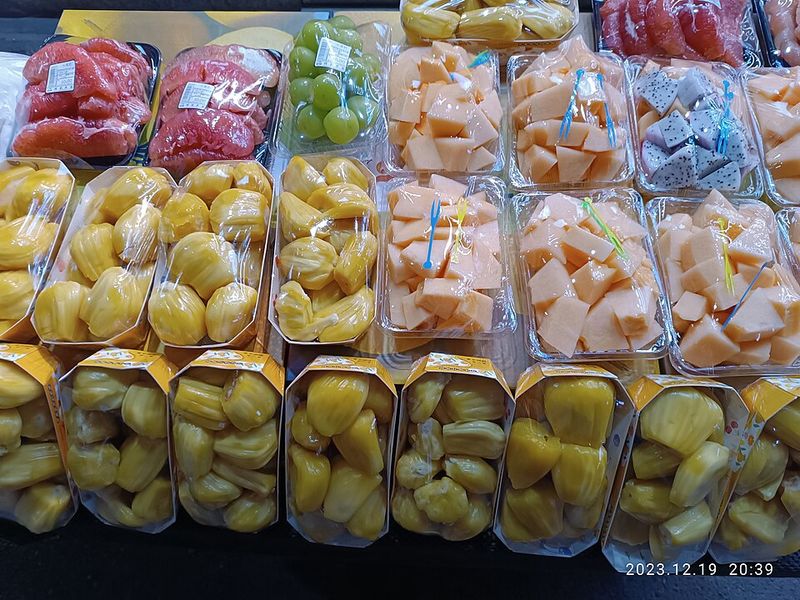
Grabbing a container of ready-to-eat fruit saves preparation time but increases your exposure to harmful bacteria. Cutting exposes more surface area to contamination, and improper temperature control during transport and storage accelerates spoilage.
Buying whole fruit and cutting it yourself at home significantly reduces risk. If purchasing pre-cut varieties, check for freshness and consume quickly.
18. Oysters

Slurping raw oysters feels fancy and sophisticated, but bivalves filter gallons of water daily and concentrate whatever bacteria and viruses are present. Vibrio bacteria thrive in warm coastal waters and can cause life-threatening infections.
People with liver disease or weakened immune systems should never eat raw shellfish. Cooking oysters thoroughly eliminates most risks while still delivering delicious flavor.
19. Imported Candies
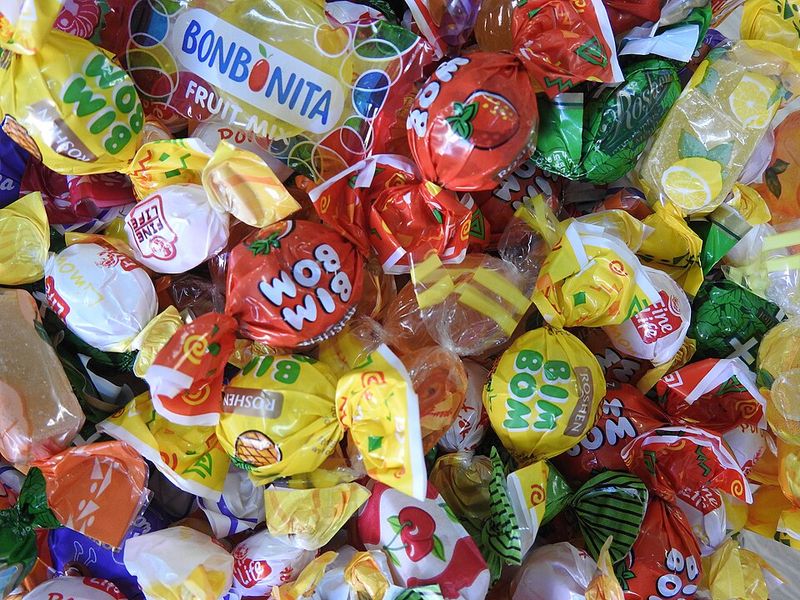
Exotic treats from other countries can contain dangerous levels of lead and other heavy metals that exceed safety standards. Certain traditional candies use lead-contaminated ingredients or are processed with lead-containing equipment.
Children are especially vulnerable to lead poisoning, which causes developmental delays and learning disabilities. Stick with domestically produced sweets that meet strict regulatory requirements for safer snacking.






